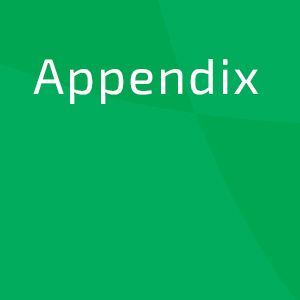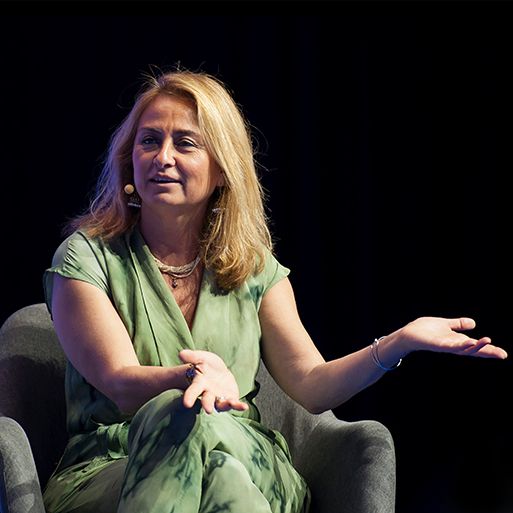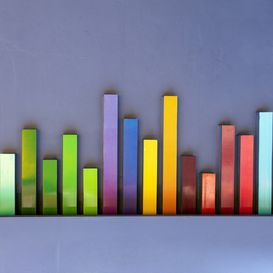
2. Strategic activities on a European level

2.1. Positioning of ITEA in Europe
Eureka is an intergovernmental organisation for market-driven industrial R&D. It is a decentralised network facilitating the coordination of national funding on innovation aiming to boost the productivity and competitiveness of European industries. The network includes 45 countries in Europe and beyond. Following a bottom-up approach with projects in any technological area with a civilian purpose, Eureka has been the driving force of innovation in Europe for over 35 years.
As a Eureka Cluster Programme, ITEA was initiated by major industrial companies and a number of Eureka countries to support business-driven innovation in software innovation. Eureka Clusters are truly industry-driven, with Cluster projects defined bottom-up by industry, SMEs, research institutes and academia and financially supported by the national governments. Clusters use industry resources to evaluate and support collaborative projects with full involvement of the national Public Authorities. The Clusters form a dominant component in the Eureka portfolio, representing over half of the innovation supported by Eureka instruments.

The Eureka Clusters Programme (ECP)
During the Eureka High Level Group meeting in June 2020, the new Cluster Guidelines and the new ECP were approved. This new ECP will enable the Clusters to flexibly accommodate R&D&I cooperation on new and emerging thematic priorities of the countries. Next to the annual, bottom-up single Cluster Calls, there will be opportunities for thematical Joint Calls. These Joint Calls can be relevant to two or more Eureka Clusters. ITEA will cooperate with other Clusters in these Calls and collaborate on the organisation of related events.
very four years, a Multi-Annual Plan (MAP) will be approved. The MAP sets out the commitment and obligations of the Public Authorities and the Eureka Clusters. The Public Authorities Committee (PAC) and the Clusters Committee (CC) agree on which R&D&I Communities can be integrated in the MAP as Eureka Clusters, what the expected funding level is and what the potential thematic areas for collaboration are. Furthermore, an Annual Operating Plan (AOP), which is based on the MAP, defines the areas in which (Joint) Calls will be organised each year and how much Public Authorities, industry, research organisations and academia want to invest.
The new ECP is scheduled to take off in mid-2021, when the first Multi-Annual Plan will be approved by the HLG.
Complementarity in the European R&D&I Funding Landscape
In many countries, there are national programmes that help to establish critical mass and differentiation for developing organisations and support national champions that meet the strategic plan of the country within the global economy. At the European level, there are strategic programmes based on agreed priorities that provide support for early collaborative activities, as in H2020 and its follow-up programme Horizon Europe, and large technology initiatives, as in the ECSEL-JU and its successor Key Digtial Technologies (KDT)-JU. Next to these initiatives, the Eureka Clusters, including the new Eureka Clusters Programme (ECP), have a unique position as they are an indispensable and agile tool in European industrial development thanks to e.g. the high flexibility in participation from countries beyond the EU and in the integration of new partners. Another strong asset of the Clusters is the market relevance as industry experts evaluate the projects. The individual advice and constructive exchange during the project set-up and evaluation lead to high efficiency, high-quality project applications, less effort and cost investment for all players involved and higher funding prospects. Thanks to the bottom-up approach, Clusters facilitate the realisation of national priorities through direct dialogue with national Public Authorities, while companies can realise long-term and continuous work on the topics that are important to them.
2.2. Eureka activities
ITEA is the Eureka Cluster on software innovation. In total, there are seven Eureka Clusters: apart from ITEA, there are CELTIC-NEXT (telecommunications), EURIPIDES² (smart systems), EUROGIA2020 (energy), Metallurgy Europe (advanced materials and manufacturing), PENTA (nano-electronics) and SMART (advanced manufacturing).
Representation at the Eureka level and cooperation between the Clusters are essential, so InterCluster meetings were organised every two months. In the 2019-2020 Eureka Chairmanship (the Netherlands), CELTIC-NEXT acted as InterCluster spokesperson. Due to the upcoming changes for the new Eureka Clusters Programme, this period was extended and CELTIC-NEXT remained InterCluster spokesperson until that role was distributed to a set of Cluster colleagues during the InterCluster Meeting of 8 December. ITEA has been assigned as the coordinator of the Cluster Committee Support Group until the right person for the Central Coordinating Function (CCF) for industry is found, assigned and ready to take this role in the name of industry.
During the Dutch Eureka Chairmanship, the first steps to shape the new future model for the Eureka Cluster instruments have been taken and this model, including the design of a transition plan, was further defined in 2020 together with all stakeholders.
The Dutch Chairmanship team organised the Eureka stakeholder event in 2019. In 2020, they did not organise a big Eureka event.
Since June 2020, Austria has held the Eureka Chairmanship position.
Austria set the following strategic priorities for 2020/2021:
- New programme - Advancing Eureka
- Increase the visibility and value of Eureka by celebrating its 35th anniversary
- Ensure the successful launch and promotion of new Programmes and Calls
- New global collaborations - Open Eureka Encouraging cooperation worldwide
- Ensure Eureka's global outreach and encourage worldwide cooperation
- New forms of cooperation - Cooperative Eureka Improving networking and services
- Advance cooperation activities within Eureka’s network and shape the future of a NEW Eureka
- Enhance synergies with national and EU R&D&I instruments
- Continue the necessary ESE restructuring
The Global Innovation Summit will take place from 18-20 May 2021. ITEA will participate in this event together with the other Eureka Clusters.
To strengthen our position and promote our results, ITEA participated in a few events together with other Eureka Clusters. Of course, due to COVID-19, the number of events was very limited:
- Korea Eureka Day 2020, 24-25 November
Due to COVID-19, the Korea Eureka Day was postponed until 24 and 25 November. The event, which was supposed to take place in Seoul, was transferred to an online event. Most sessions concerned pre-recorded video messages. On behalf of ITEA, Office Director Jan Jonker recorded a video introducing ITEA and providing some numbers on the successful cooperation of Korean partners in ITEA projects. DANGUN project leader Myoungho Sunwoo from Hanyang University and Daesub Yoon from ETRI, partner in multiple ITEA projects, provided strong video testimonials to stress this successful cooperation in ITEA. On behalf of ITEA, Programme Officer Soo-Kyung Shin took part in the B2B matchmaking that was set up by EEN. - EFECS, 25-26 November
On 25-26 November, the digital European Forum for Electronic Components and Systems (EFECS) 2020 was jointly organised by AENEAS, ARTEMIS-IA, EPoSS, ECSEL Joint Undertaking, the European Commission and the Eureka Network. The event consisted of a conference programme and an online exhibition. ITEA was presented in the virtual Eureka booth (chat box) which was staffed by Nadja Rohrbach and Katie Shaw from the Eureka Secretariat. On behalf of ITEA, Zeynep Sarılar, Jan Jonker and Loes van den Borne participated in the virtual event.
Other chapters
Use the arrows to view more chapters

Appendix A. Call statistics per country and per year
Participation in person-years per Call and per country per year






